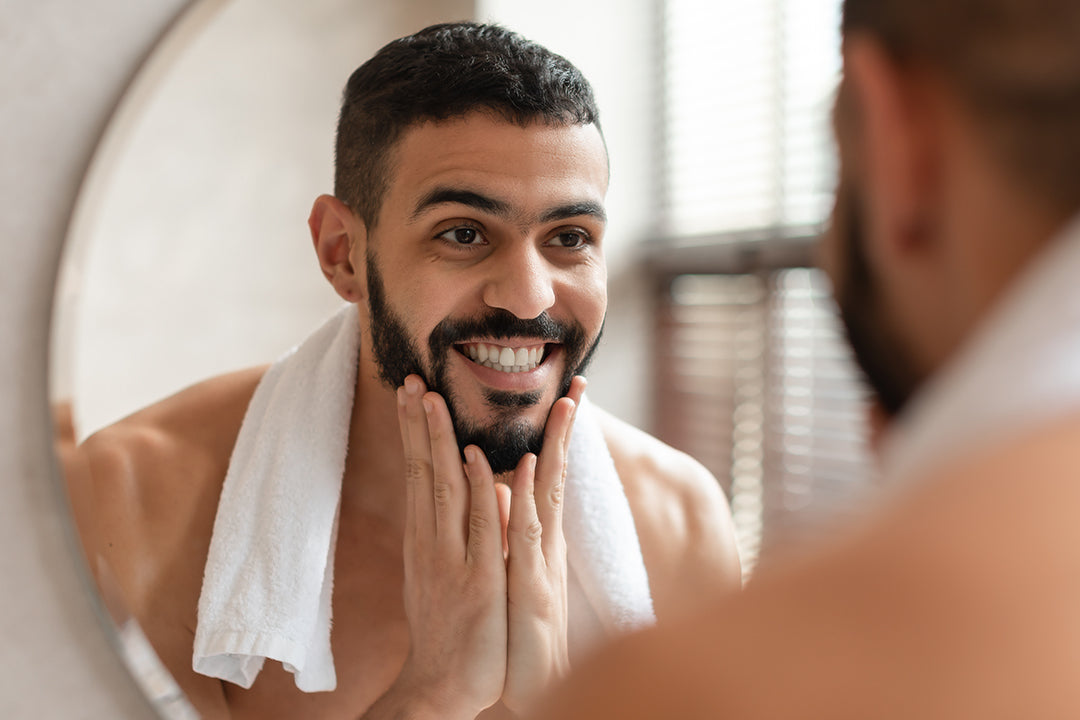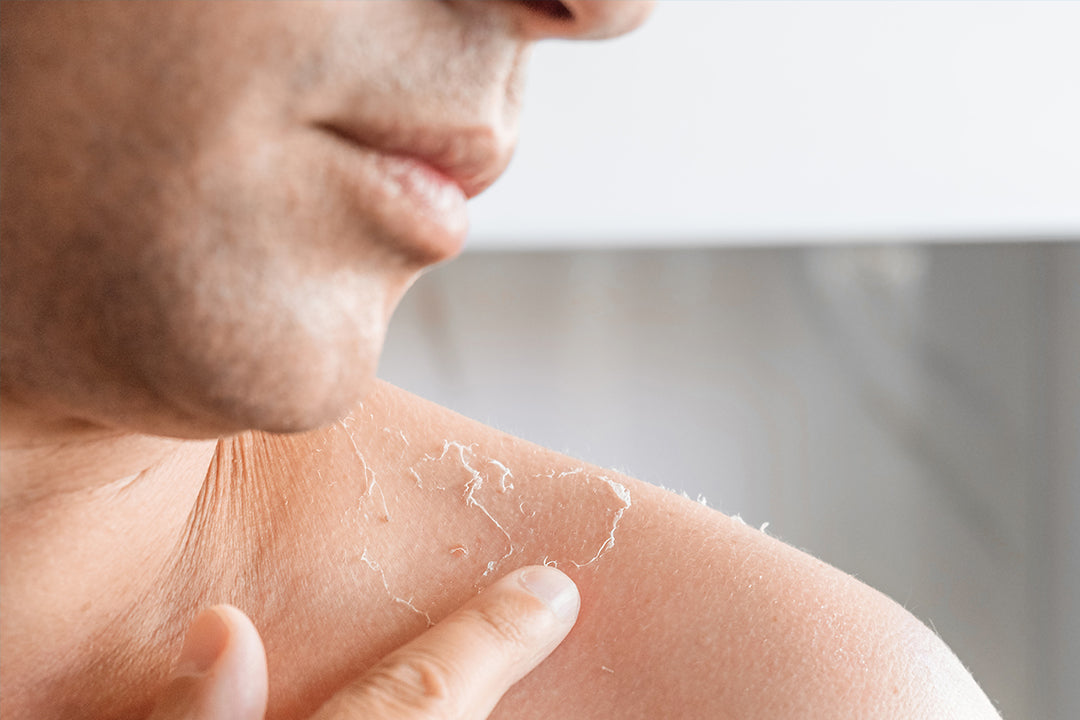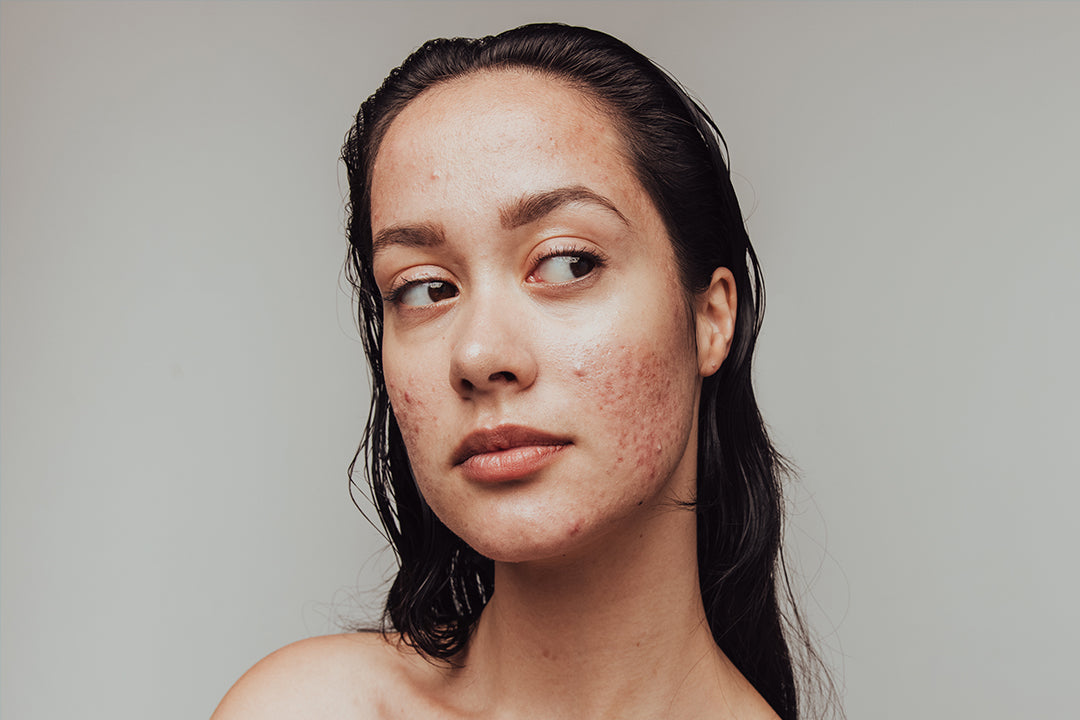If you've ever experienced redness, scaling, and itching on your face, you may be dealing with seborrheic dermatitis. This common skin condition can be frustrating, but with the right knowledge and treatment, you can manage it effectively.
What is Seborrheic Dermatitis?
Seborrheic dermatitis is a chronic inflammatory condition that mainly affects areas rich in sebaceous glands, including the face, scalp, and body folds. It is characterized by red, scaly patches and intense itching.
Diagnosis and Treatment
Diagnosing seborrheic dermatitis is based on the location and appearance of the lesions. It is a clinical diagnosis that can be confirmed by a healthcare professional.
The mainstay of treatment for seborrheic dermatitis involves the use of antifungal agents, such as topical ketoconazole. These agents help to reduce the overgrowth of Malassezia yeast and alleviate symptoms.
It is important to note that while antifungal agents are effective, they may have adverse effects with long-term use. Therefore, it is recommended to use them as second-line agents for scalp seborrheic dermatitis.
Causes and Risk Factors
The exact cause of seborrheic dermatitis is unknown, but it is believed to be related to an overgrowth of a yeast called Malassezia on the skin. Other factors that may contribute to its development include:
- Oily skin
- Hormonal changes
- Stress
- Weak immune system
Symptoms
The symptoms of seborrheic dermatitis on the face can vary from person to person, but commonly include:
- Redness
- Flaky, yellowish scales
- Itching and burning
- Oily or greasy skin
Treatment Options
Seborrheic dermatitis is usually diagnosed based on a physical examination and the appearance of the skin lesions. Treatment options include:
- Antifungal agents: Topical antifungal creams or shampoos containing ketoconazole can effectively reduce the yeast population on the skin.
- Topical corticosteroids: These anti-inflammatory creams can help reduce redness and itching, but should only be used for short periods.
- Lifestyle changes: Keeping your skin clean and dry, avoiding harsh soaps and skincare products, and managing stress can all help improve symptoms.
When to See a Doctor
While seborrheic dermatitis on the face can usually be managed with over-the-counter treatments, it's important to consult a healthcare professional if:
- Your symptoms are severe or worsening.
- Your face becomes painful or starts to bleed.
- You develop signs of infection, such as pus or crusting.
A healthcare provider can provide a proper diagnosis and recommend appropriate treatment options for your specific case.
Preventing Seborrheic Dermatitis
While it may not be possible to completely prevent seborrheic dermatitis, you can take steps to minimize flare-ups:
- Keep your face clean and moisturized.
- Avoid harsh skincare products and cosmetics.
- Manage stress through relaxation techniques and self-care.
QRxLabs Skincare Products
QRxLabs offers a range of skincare products that can complement your seborrheic dermatitis treatment. Our Glycolic Acid Toner and Niacinamide Serum can help exfoliate and soothe the skin, while our Retinol Cream can promote cell turnover and reduce inflammation.
Remember, it's important to consult with a dermatologist before incorporating any new products into your skincare routine.
Takeaways
Seborrheic dermatitis on the face can be a bothersome condition, but with proper care and treatment, you can effectively manage it. By understanding the causes, symptoms, and treatment options, you can take control of your skin health and minimize flare-ups.









